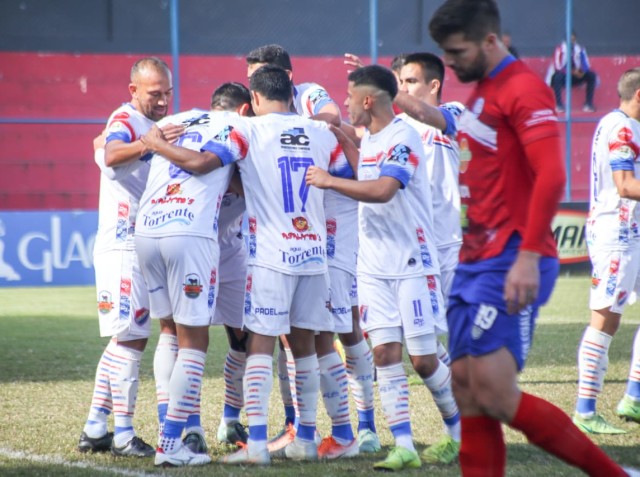According to data from the Ibero-American Road Safety Observatory (OISEVI) of the Traffic and Land Transport Authority and the National Traffic Operations Directorate, 2,365 traffic accidents have been registered in Panama in January 2022, which have left 599 injured and 20 fatal victims.
Traffic accidents are considered the leading cause of death globally among children five years of age and older, according to data from the Center for Disease Control and Prevention (CDE). Against this background, and with the aim of protecting the lives of the most vulnerable pedestrians, 3M announced its commitment to increase safety and visibility in 100 school zones in 23 countries by 2024.
“At 3M we are committed to improving school zones, since we are convinced that all children deserve the opportunity to have a good education, and getting to school should not be considered a barrier. Therefore, and for the next two years , we will be working hand in hand with NGOs and government agencies to improve safety in different school zones, and with this, develop a model that is scalable for high-risk and/or low-income communities, which will allow us to create more safe for all children,” said Víctor Cabrera, group director of the Road Safety division of 3M Latin America and director of the Global School Zones campaign.
Under this line, the company will carry out implementations in 28 school zones in Latin America to improve road safety and pedestrian visibility, in countries such as Panama, Argentina, Brazil, Chile, Colombia, Guatemala, Mexico, Paraguay, Peru and Uruguay, and It has already signed alliances in the region with associations and institutions, including the International Highway Assessment Program (iRAP).
During the Expertise Academy “Safe School Zones: Tactical Urban Planning Materials and Strategies for safer streets”, it was highlighted that in Panama they are carrying out a risk assessment of school zones using the Star Rating for Schools methodology. Schools) from iRAP.
Following this evaluation, at the end of 2020, in a joint effort between 3M, the Ministry of Education (MEDUCA), the Ministry of Public Works (MOP), the Land Transit and Transportation Authority (ATTT), the Mayor’s Office of Panama, the International Automobile Federation (FIA), and the Monica Licona and Road Education foundations, the intersection of Vía Israel with Punta Pacifica, where three official schools are located, was intervened.
The signaling and road infrastructure works included the placement of vials (cat’s eyes) to determine the geometry of the road, vertical and horizontal signaling, visible markings at street crossings and vertical signaling with fluorescent retroreflective material.
Salvador Morales, Applications Engineer of the Transportation Safety Division for 3M Central America and the Caribbean, explained that Star Rating for Schools works to measure, manage and communicate the risk to which users are exposed on a trip to school, managing to establish interventions quick steps that save lives and prevent serious injuries.
Osiris Gratacós, from the Road Education Foundation, explained that the impact that the intervention carried out in 2020 has had on the school population for the reduction of accidents is being studied, since this year is when schools have returned to face-to-face classes.
He added that a proposal has already been made for the evaluation of 15 school zones throughout the country, since it is vitally important to include rural areas and take into account the mobility of people with disabilities.



